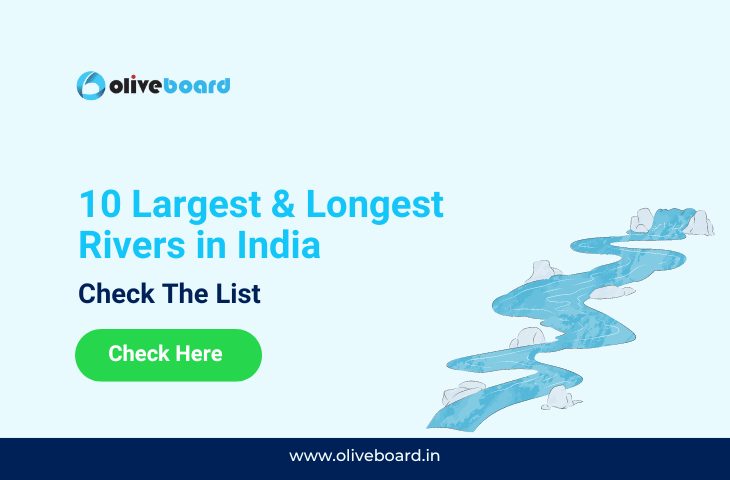Longest Rivers in India
India is a land of many rivers that have played a vital role in shaping its diverse geography, culture, and economy. Rivers play a significant role in India’s geography, history, and economy. Knowledge of rivers is essential for government exams related to geography, history, agriculture, environment, and disaster management. In this blog, we’ll take a closer look at the ten largest and longest rivers in India. So, let’s dive into the world of Indian rivers and discover their fascinating tales.
Top 10 Longest Rivers in India
Candidates who are preparing for any government examination must have a basic knowledge of the rivers of India. We have mentioned below the list of the top 10 longest rivers in India and some important details regarding those rivers.
| Sr. No. | River | Length in India (km) |
| 1. | Ganga | 2525 |
| 2. | Godavari | 1464 |
| 3. | Krishna | 1400 |
| 4. | Yamuna | 1376 |
| 5. | Narmada | 1312 |
| 6. | Indus | 1114 |
| 7. | Brahmaputra | 916 |
| 8. | Mahanadi | 890 |
| 9. | Kaveri | 800 |
| 10. | Tapti | 724 |
List of Longest Rivers of India
We have mentioned below the important details of each of the rivers mentioned in the list given above.
Ganges River- 2525 km
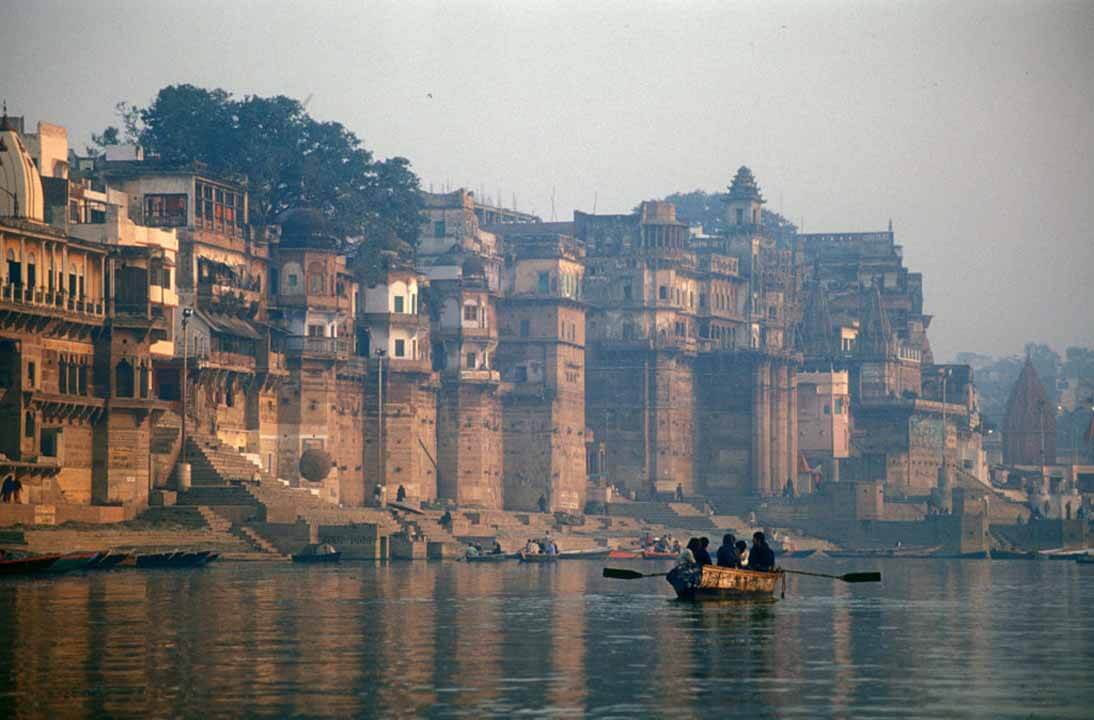
The Ganges or Ganga River flows through the nations of India – around 2525 kilometers in the south and south-east direction and empties into the Bay of Bengal. River Ganga is the most sacred river to Hindus and is worshipped as the goddess, The Ganges is the longest river in India and Ganges Delta is the world’s largest delta. A large number of cities developed across the banks of river Ganga include Pataliputra, Kashi, Allahabad, Varanasi, Kolkata, etc. It has also created the World’s largest delta in West Bengal named the Sundarban Delta.
Godavari- 1464 km
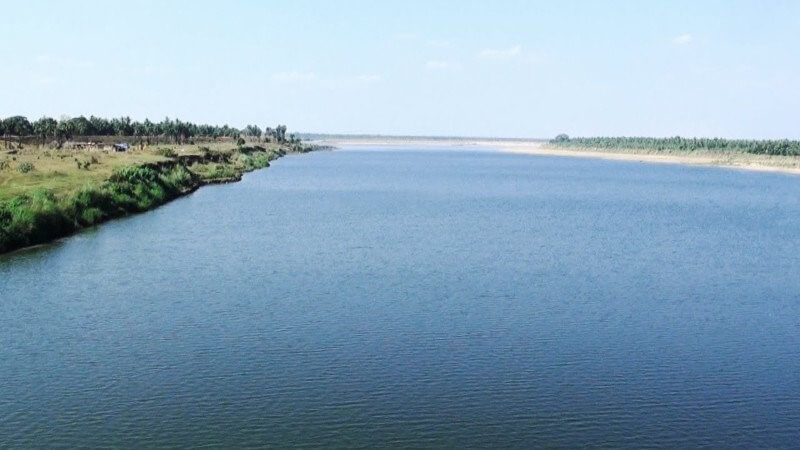
The Godavari is the second longest river in India after the river Ganga and also forms one of the largest river basins in India. It is also known as Dakshin Ganga. The River is sacred to Hindus and the Godavari delta is the second-largest mangrove formation in the country. Flowing in the southeast direction, it runs through Andhra Pradesh, then merges into the Bay of Bengal after traveling a distance of 1465 km.
Krishna – 1400 km
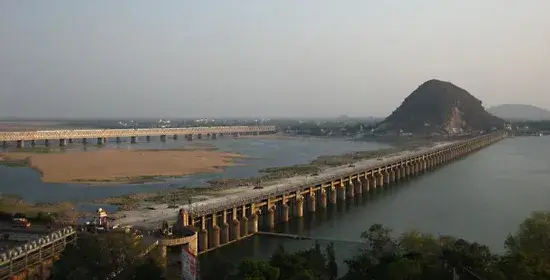
The Krishna River is the fourth longest river in India and a major source of irrigation for south Indian states. River Krishna source is at Mahabaleshwar and the Delta of this river is one of the most fertile regions in India.
Yamuna – 1376 km
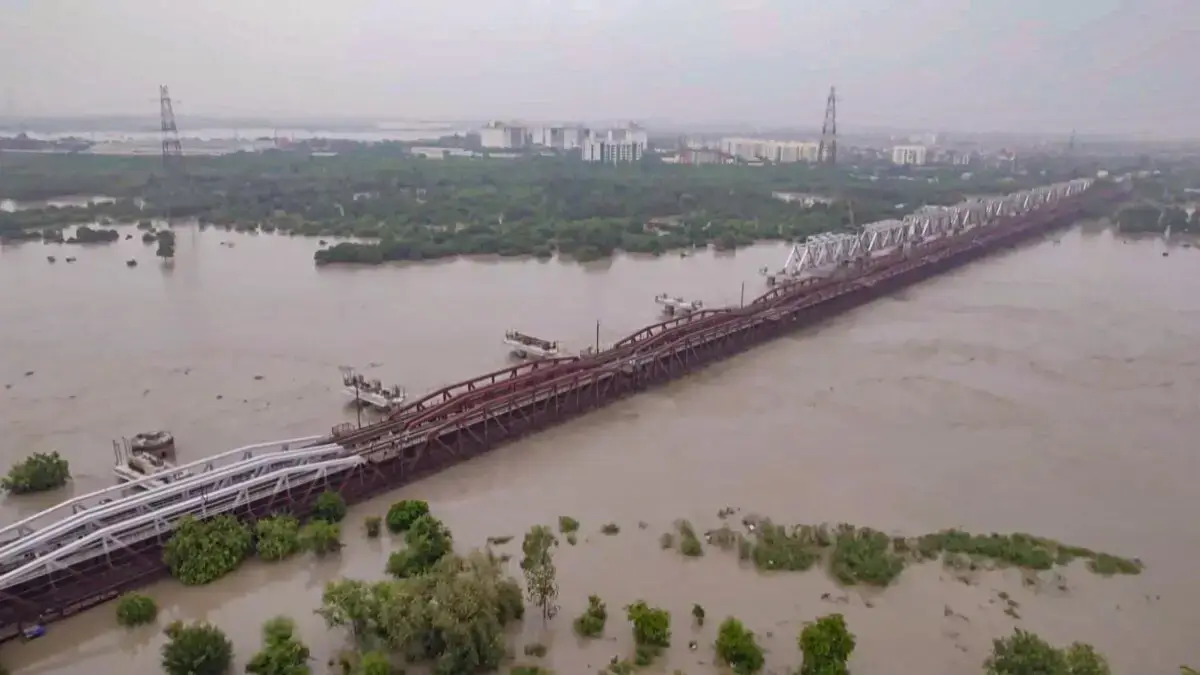
The Yamuna sometimes called Jamuna originates from the Yamunotri Glacier in the uppermost region of the Lower Himalayas. It travels across several states before merging into the River Ganga at Triveni, Allahabad. Its total length is 1376 km. The Yamuna creates natural state borders between Himachal Pradesh and Uttarakhand and is the largest tributary river of the Ganges. Yamuna river is the longest river in India which does not directly flow to the sea. Yamuna River’s water contributes nearly 70% of Delhi’s water supply. The Taj Mahal is situated on the banks of the Yamuna River.
Narmada- 1312 km
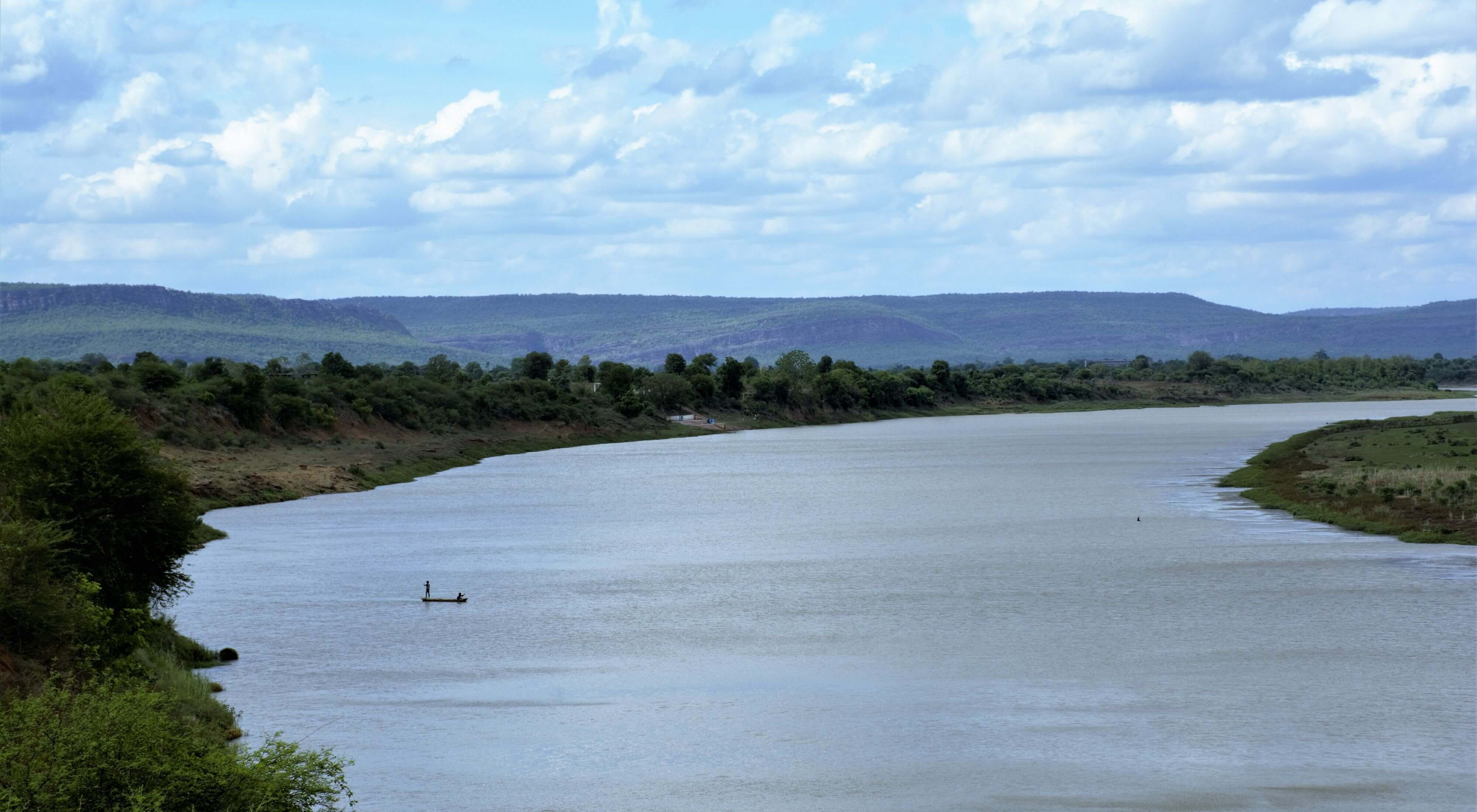
The Narmada is the fifth longest river in the Indian subcontinent also known as Life Line of Madhya Pradesh. Narmada River originates from Narmada Kund, Amarkantak in Madhya Pradesh, and merges into the Arabian Sea near Gujarat after traveling a distance of 1312 km. River Narmada is one of the rivers in India that flows in a rift valley between the Satpura and Vindhya ranges, Dhuandhar Falls and Marble rocks in Bhedaghat are the major attractions of the Narmada basin along with Sardar Sarovar Dam.
Indus – 1114 km
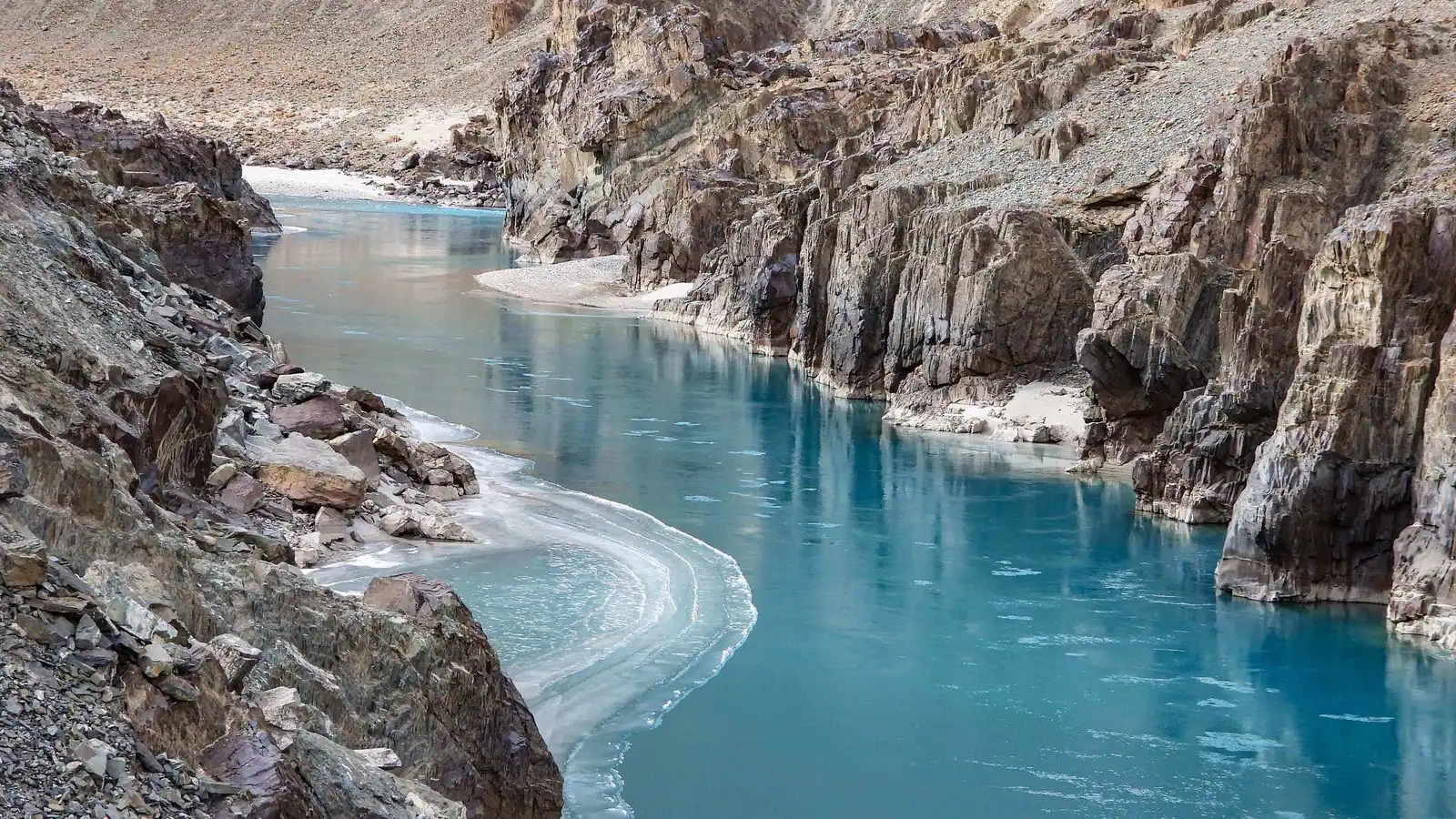
The Indus River is historically famous in Asia. It originated from the Tibetan Plateau and then flows through the Ladakh, then enters Pakistan, and finally pours itself into the Arabian Sea after traveling a distance of 3180 km. Besides India, it also passes through China and Pakistan.
Brahmaputra- 916 km
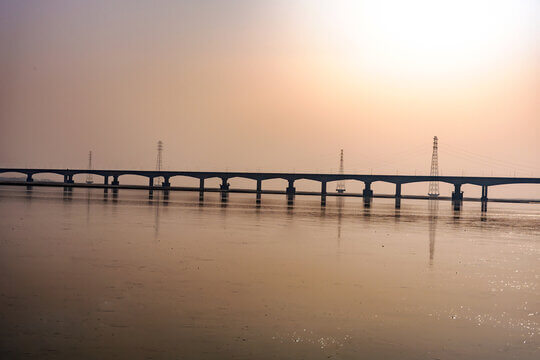
The Brahmaputra is an important river for irrigation and transportation also known as the Life Line of Assam and originates on the Angsi Glacier. The Brahmaputra enters India in the state of Arunachal Pradesh then enters the state of Assam and forms Majuli, the biggest river island in the world. Its length is around 2900 km and plays an important role in irrigation and transportation.
Mahanadi – 890 km
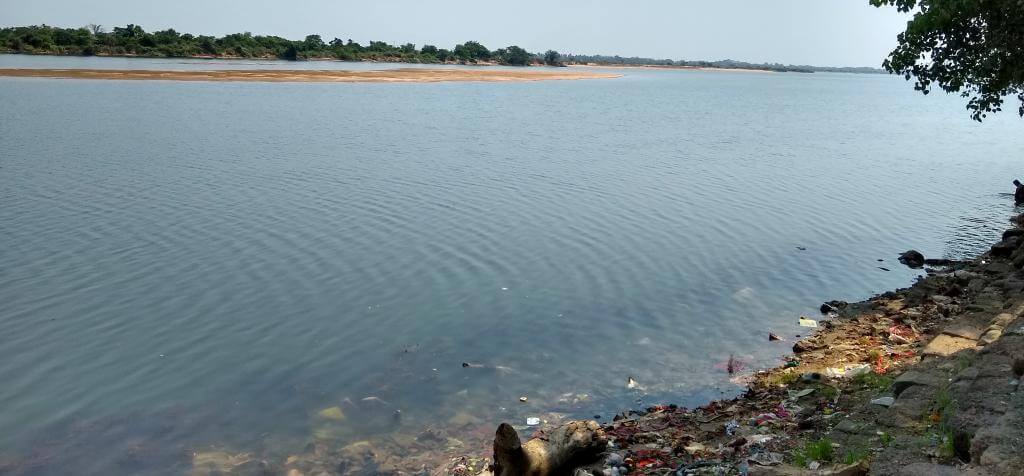
The Mahanadi is the major river in East Central India, flowing through the states of Chhattisgarh and Odisha. Mahanadi originates from the mountain hills streams of the Eastern Ghats in the Dhamtari district of Chhattisgarh. Hirakud Dam, Second Mahanadi Rail Bridge are two major civil structures of the Mahanadi River.
Kaveri- 800 km
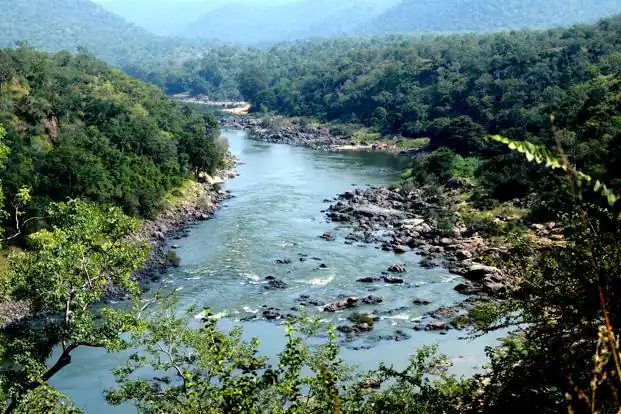
The Kaveri or Cauvery is the holiest river of South India and forms two islands of Srirangapatna and Shivanasamudra. Doddabetta is the highest point of the Kaveri basin and the scenic Shivanasamudra Falls were created by the river Kaveri. It is one of the large rivers in India is originated from Talakaveri in the Western Ghats of Karnataka and flows through the states of Karnataka & Tamilnadu, finally merges into the Bay of Bengal by traveling a distance of 765 km.
Tapti- 724 km
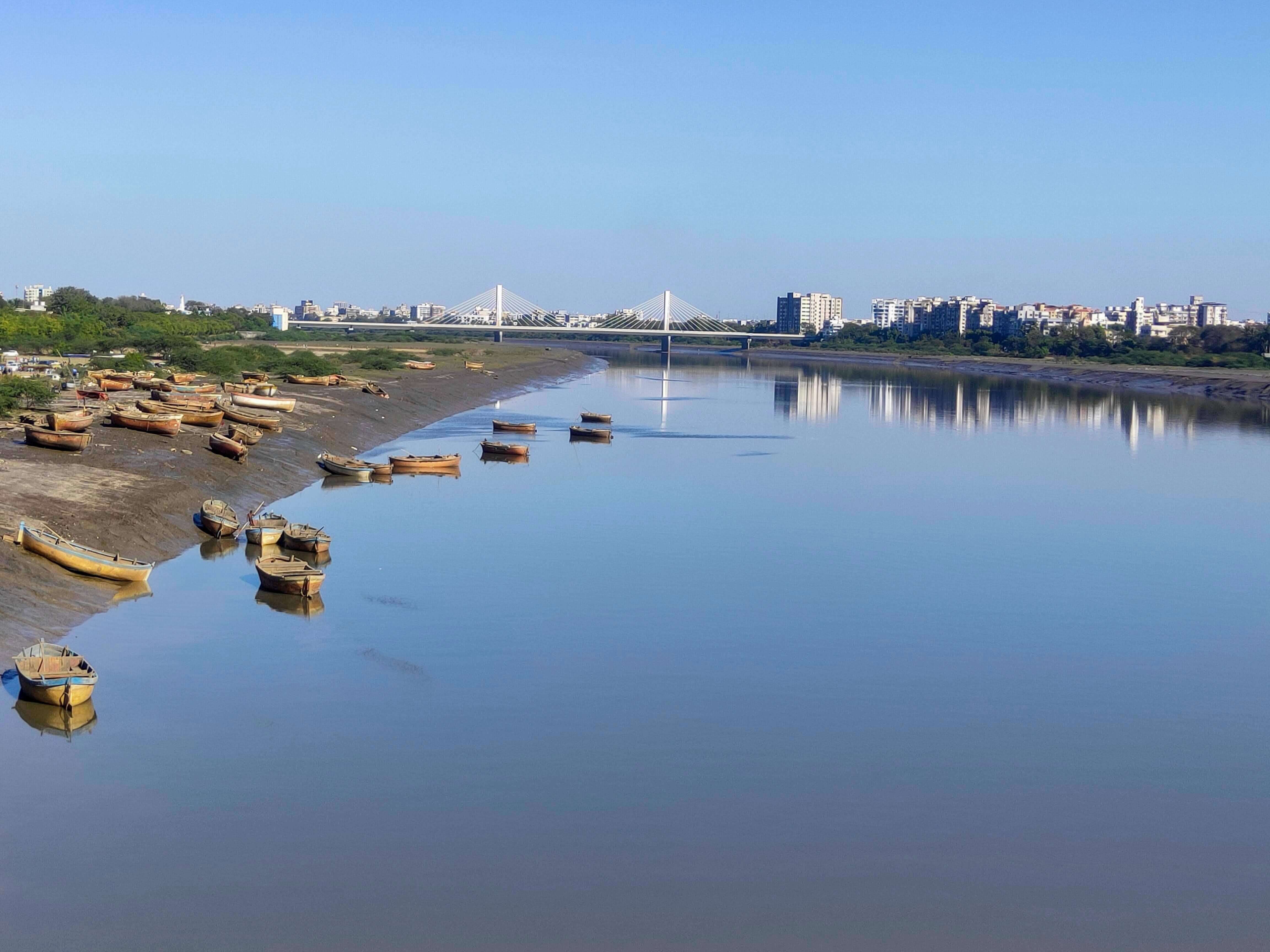
The Tapti River is one of the major rivers of peninsular India and one of only three rivers run from east to west. Tapi River originates in the Betul district and empties into the Gulf of Khambhat near the city of Surat in Gujarat.
We hope you found this blog about the longest rivers in India useful for your preparation for Government Exam. To read more such blogs, visit the Oliveboard website!
- 26 April 2024 Current Affairs in English
- RPF Constable Cut Off 2024, Previous Year Cut Off Category Wise
- SSC CHSL Application Form Fill Up 2024, Complete Guide
- 25 April 2024 Current Affairs in English
- What is Inheritance Tax? Everything You Need to Know About
Also Read:
| Freedom Fighters of India | National Parks in India |
| State and Capitals of India | IPL Winners List |
| Awards and Honours 2023 | Military Exercises of India 2023 |
Longest & Largest Rivers in India- Frequently Asked Questions
Ans. The Ganges is the longest river in India.
Ans. Brahmaputra River has a length of 916 km.
Ans. Ganges River has a length of 2525 km.

Hey everyone, I’m Vaishnavi Kumari, an edtech writer and a dedicated aspirant for government exams, including banking and SSC exams. Having worked with several edtech platforms, I am committed to providing you with essential and accurate information to ace these exams. With my experience as both a writer and an aspirant, I understand your needs and challenges, and my aim is to make your preparation journey smoother. I’ll focus on specific sections of the exams, compiling comprehensive and helpful content that covers the crucial topics, tips, and strategies you need to succeed. Let’s conquer these exams together!
Oliveboard Live Courses & Mock Test Series
